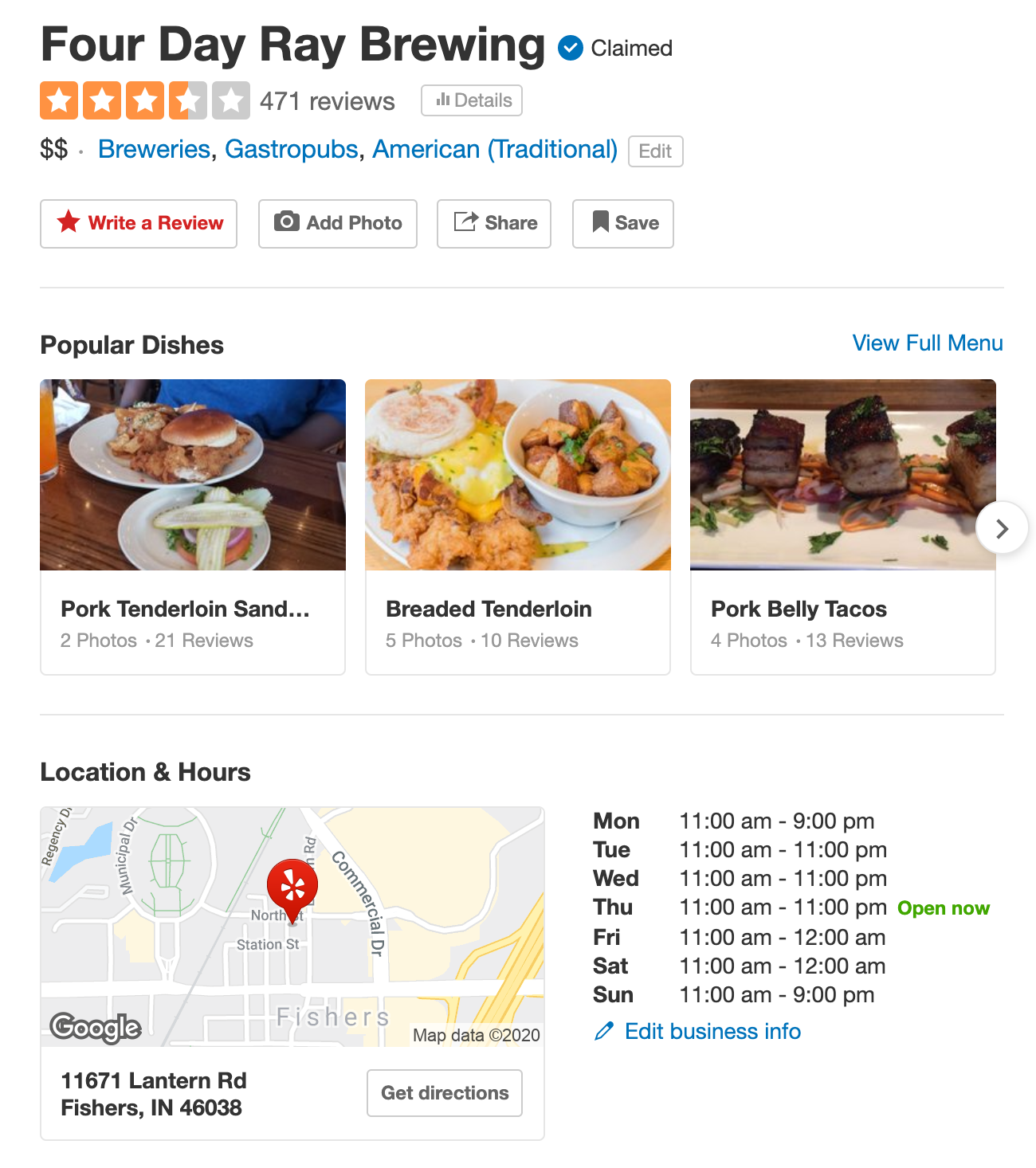Today, our work and personal lives depend on the ability to share information. When you see a healthcare specialist, your primary care doctor has shared information about you to help them provide you with the best possible care. Similarly, in your office, your marketing team is sending customer lead data to your sales team to close deals.
Our world runs on data sharing. There’s no doubt that being able to share information—whether between people or between applications and programs—is complicated. You might think that sharing data between two computers, for example, is a simple ask, but it’s easy for technology to miscommunicate or misinterpret information. A computer can only share the information you give it in the format you share it in.
What is an API?
API stands for application programming interface. An API is an interface or software intermediary that allows two applications to talk to each other. The applications we use every day, such as Google Maps, Facebook, and Yelp utilize APIs. For example, Yelp uses a Google Maps API to show users directions to a reviewed business.

By leveraging Google Maps, Yelp doesn’t need to continuously update map locations for the businesses on their site. This connection additionally benefits Google Maps by encouraging users to use Google over another map provider.
How do APIs work?
APIs are used to show how a program interacts with the rest of the application world. APIs use a small subset of a program’s code in order to keep the primary program's database safe and secure while still allowing for full access to the data needed to make a connection. This keeps the program’s intellectual property separate and creates an efficient method of sharing data.
Typically, organizations will share their application API. This allows developers who are creating new apps, programs, and software to interface with the application.
What are APIs used for?
Let’s take a look at how APIs might work in your organization. Imagine you have an application used by your sales team and an application used by your finance team. Both applications house data you use to send invoices at the end of each month. We’ll use Quickbooks and Salesforce an an example. For end-of-month invoicing, you need to ensure your finance team has a complete picture of sales made throughout the month. In order to ensure your finance team has accurate data, these two systems need to exchange information on a regular basis.
So it sounds simple—Quickbooks sends data to Salesforce, and Salesforce sends data to Quickbooks. Unfortunately, it’s not that easy.
First, you need to make sure the mapping between the two programs is matched appropriately. This means that fields in Quickbooks need to match up with the same field in Salesforce. For example, the field “First Name” in Quickbooks would be mapped to “F Name” in Salesforce.
Secondly, you need to understand how to resolve conflicts. Many times, this is done by a timestamp that is not seen by the user. Something that was entered today in one application will take precedence over the same data that is a week old. This resolution process has been streamlined substantially over the past several years and works fairly seamlessly. Establishing these practices can streamline your organization’s processes and make your business work smarter.
Having a high-level understanding of what an API is and how it works will help your business streamline integrations.











